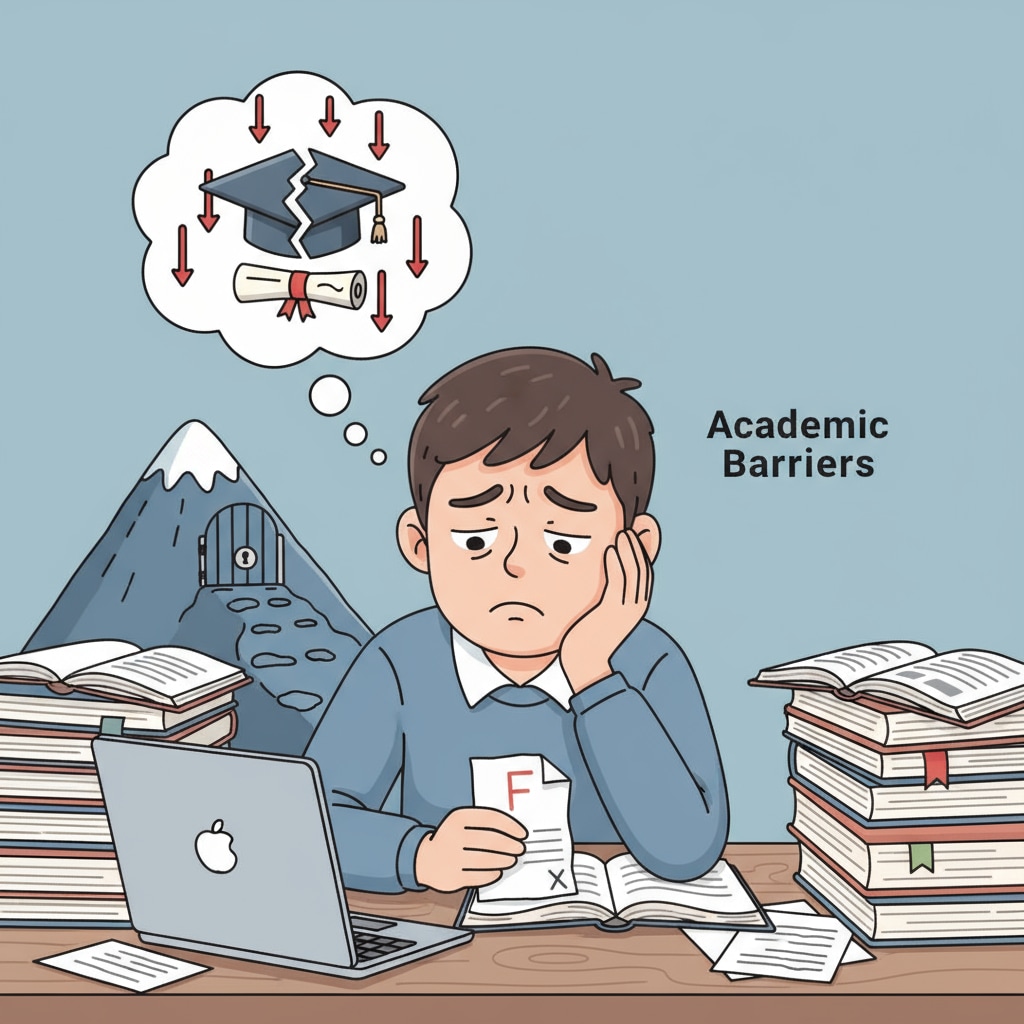Academic expulsion, student failure, and university impact are complex issues that demand our attention. Understanding the reasons behind academic expulsions and their far – reaching effects on universities is crucial for improving the educational landscape. In this article, we will explore the relationship between K12 education and academic expulsions in universities, and how student failure at different stages can shape the overall educational experience.

The Root Causes of Student Academic Failure
There are multiple factors contributing to student academic failure. Firstly, inadequate preparation in K12 education plays a significant role. For example, if students do not receive a solid foundation in basic subjects like mathematics, language arts, and science during their K12 years, they may struggle to keep up with the more advanced coursework in universities. According to National Center for Education Statistics, many students enter college without the necessary skills to succeed academically. Secondly, personal issues such as mental health problems, family conflicts, or financial difficulties can also distract students from their studies. These non – academic factors can have a profound impact on a student’s ability to focus and perform well in university courses.

The Impact on Universities
Academic expulsions have several implications for universities. From a reputational perspective, a high rate of academic expulsions can damage a university’s image. Prospective students and their families may be deterred from applying to a university with a poor record in this regard. Additionally, universities invest a significant amount of resources in educating students. When students are expelled due to academic failure, it represents a waste of those resources. Moreover, it can also put a strain on the faculty, as they have to deal with the consequences of student underperformance. For instance, they may need to spend extra time providing additional support or re – evaluating teaching methods. According to The Chronicle of Higher Education, universities are constantly looking for ways to reduce academic expulsions and improve student success rates.
Preventing academic expulsions requires a multi – pronged approach. Universities should collaborate with K12 institutions to ensure a seamless transition for students. This can involve developing joint programs that help students bridge the gap between high school and college. In addition, universities need to provide comprehensive support systems for students. This includes academic advising, tutoring services, and mental health counseling. By addressing both the academic and non – academic needs of students, universities can increase the likelihood of student success and reduce the incidence of academic expulsions.
Readability guidance: The key points here are the root causes of student academic failure and the impact on universities. We’ve used short paragraphs and provided external links for further information. Transition words like ‘firstly’,’secondly’, and ‘additionally’ have been used to improve the flow.


